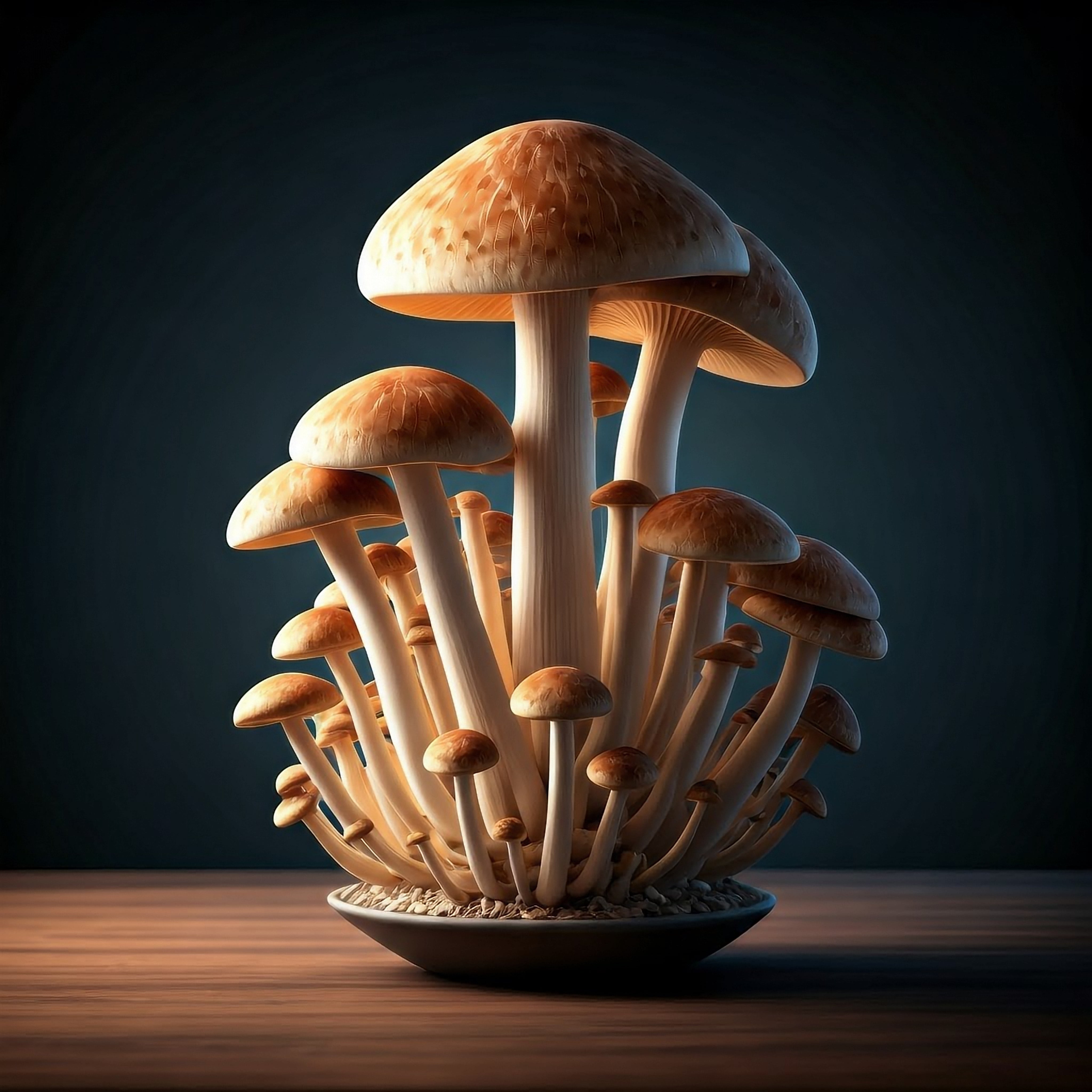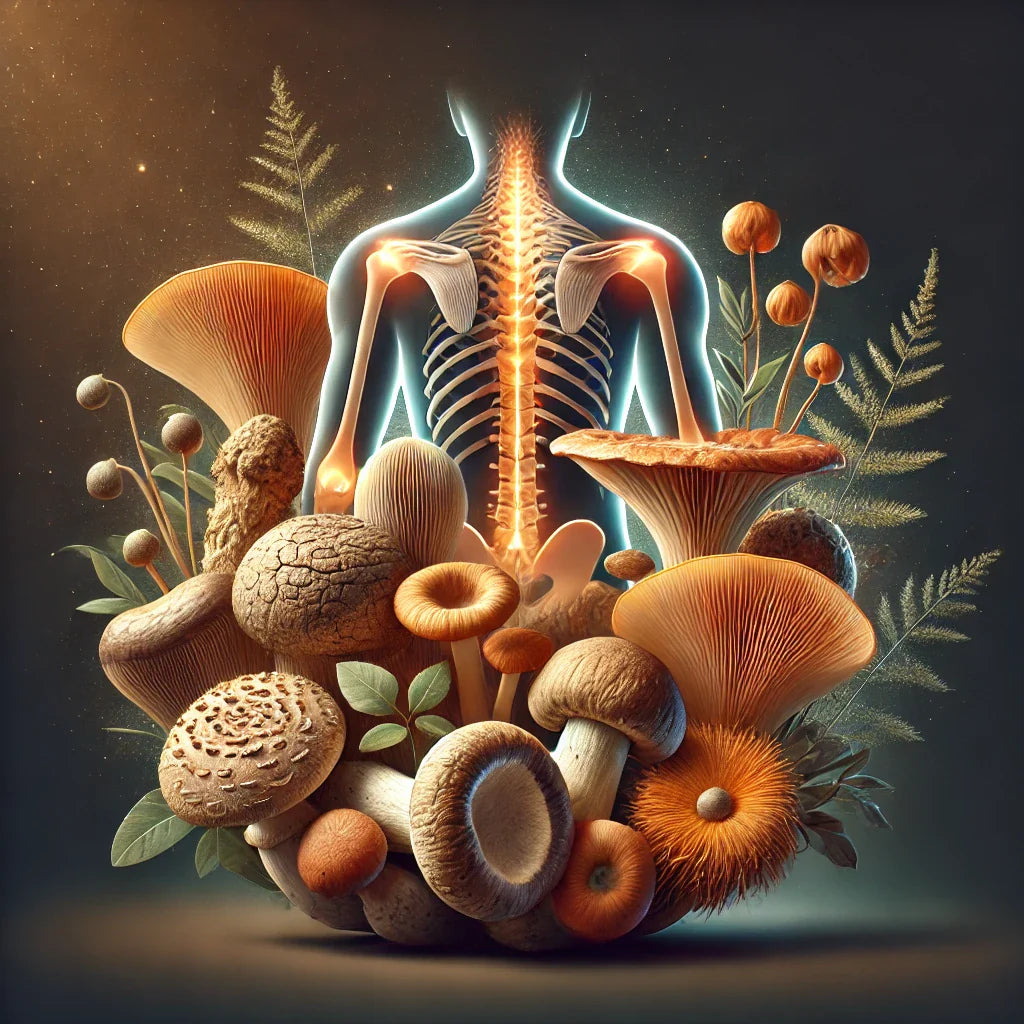Matcha has a rich and storied history that dates back over a thousand years, intertwining with cultural, religious, and social traditions, particularly in Japan.
Origins in China
- Early Beginnings: The story of matcha begins in the Tang Dynasty (618–907 AD) in China. During this period, tea leaves were steamed and formed into bricks for easy transport and trade. These bricks were then ground into a powder and mixed with water and salt to create a frothy tea.
- Zen Buddhism Influence: The practice of consuming powdered tea was brought to Japan by Buddhist monks who had traveled to China. The most notable of these was Eisai, a Japanese Zen Buddhist monk who is often credited with introducing matcha to Japan in the late 12th century.
- Eisai and Tea Culture: Eisai, who is also known for popularizing Zen Buddhism in Japan, wrote the book "Kissa Yōjōki" ("Drinking Tea for Health") in 1211. In this book, he extolled the health benefits of tea and its ability to aid meditation by keeping monks alert and focused.
- Samurai and Matcha: The practice of drinking matcha quickly gained favor among the samurai class, who appreciated its stimulating properties. Matcha became associated with the disciplined, contemplative lifestyle of the samurai and Zen monks.
Development of the Japanese Tea Ceremony
Murata Jukō: In the 15th century, Murata Jukō formalized tea drinking into the Japanese tea ceremony (chanoyu), emphasizing simplicity and spirituality.
Sen no Rikyū: Sen no Rikyū (1522–1591) refined the ceremony, introducing wabi-sabi aesthetics that highlight simplicity and imperfection, making it a spiritual and artistic practice.
Modern Era
Cultural Symbol: By the Edo period (1603–1868), the tea ceremony symbolized harmony, respect, purity, and tranquility in Japanese culture.
Global Spread: Recently, matcha has gained global popularity for its unique flavor, color, and health benefits, appearing in various culinary uses.
Matcha Today
Production: High-quality matcha is primarily produced in Japan, especially in Uji, Nishio, Shizuoka, and Kyushu, through meticulous processes.
Cultural and Health Renaissance: Matcha's global popularity has surged due to interest in wellness, used both as traditional tea and in various culinary creations.
What is matcha
Matcha is a type of finely ground powdered green tea, traditionally used in Japanese tea ceremonies. It is made from specially grown and processed green tea leaves. Here's a more detailed breakdown:
- Cultivation: The tea plants used for matcha are shade-grown for about three weeks before harvest. This process increases the chlorophyll content and enhances the production of amino acids, giving matcha its vibrant green color and unique flavor profile.
- Harvesting: Only the finest tea buds are hand-picked. After harvesting, the leaves are quickly steamed to prevent fermentation, preserving their color and nutritional content.
- Drying and Milling: The leaves are then dried and deveined, removing stems and veins, resulting in pure leaf known as tencha. Tencha is then stone-ground into a fine powder, which is the final product, matcha.
- Preparation: Traditionally, matcha is prepared by whisking the powder with hot water using a bamboo whisk, called a chasen, until it froths. It can be prepared in two main styles:
- Usucha (thin tea): Made with half a teaspoon of matcha and about 2-3 ounces of hot water.
- Koicha (thick tea): Made with a larger amount of matcha and less water, resulting in a thicker, more intense brew.
- Culinary Uses: Beyond traditional tea, matcha is also used in various culinary applications, such as in lattes, smoothies, desserts, and even savory dishes.
Matcha's unique flavor, which can be described as grassy, sweet, and slightly bitter, combined with its health benefits, has made it popular worldwide.
Benefits nutritional, health
Matcha offers numerous nutritional and health benefits due to its rich composition of vitamins, minerals, and antioxidants. Let's take a closer look at these benefits:
Nutritional Benefits
- Rich in Antioxidants: Matcha is packed with antioxidants, particularly catechins like epigallocatechin gallate (EGCG), which are more concentrated in matcha than in regular green tea.
- Vitamins and Minerals:
- Vitamin C: Boosts the immune system and acts as an antioxidant.
- Vitamin A: Supports vision, immune function, and skin health.
- Vitamin E: Acts as an antioxidant, protecting cells from damage.
- Vitamin K: Essential for blood clotting and bone health.
- B Vitamins: Aid in energy production and cognitive function.
- Minerals: Contains potassium, calcium, magnesium, iron, and zinc.
Health Benefits
- Enhanced Antioxidant Protection: The high concentration of catechins, especially EGCG, helps fight free radicals, reducing oxidative stress and lowering the risk of chronic diseases such as cancer and heart disease.
- Improved Mental Clarity and Focus: The combination of caffeine and L-theanine in matcha provides a calm alertness, enhancing cognitive function, focus, and memory without the jitteriness associated with coffee.
- Boosted Metabolism and Fat Burning: Matcha increases thermogenesis (the body's rate of burning calories) and fat oxidation, aiding in weight management and improving exercise performance.
- Heart Health Support: Regular consumption of matcha can help lower LDL (bad) cholesterol, reduce blood pressure, and improve overall cardiovascular health.
- Detoxification: Chlorophyll in matcha helps detoxify the body by binding to heavy metals and chemical toxins, facilitating their removal.
- Immune System Enhancement: The antioxidants, vitamins, and minerals in matcha strengthen the immune system, helping to fend off infections and illnesses.
- Anti-Inflammatory Properties: Matcha's anti-inflammatory compounds can help reduce inflammation in the body, benefiting conditions like arthritis and other inflammatory disorders.
- Skin Health: The antioxidants in matcha protect the skin from damage caused by UV rays and pollution, reduce acne and redness, and improve overall skin elasticity and appearance.
- Digestive Health: The fiber in matcha aids in digestion, helps regulate bowel movements, and supports gut health.
- Energy and Endurance: Matcha provides a slow and steady release of energy due to its unique combination of nutrients, enhancing physical endurance and stamina.
Additional Benefits
- Stress Reduction: L-theanine promotes relaxation and reduces stress levels by increasing the production of alpha waves in the brain.
- Oral Health: The catechins in matcha have antibacterial properties that can help improve oral health by reducing the risk of infections and bad breath.
Incorporating matcha into your diet can provide these comprehensive nutritional and health benefits, making it a valuable addition to a healthy lifestyle.
Different Grades of Matcha:
Matcha is categorized into different grades based on quality, flavor, color, and intended use. The primary grades of matcha are ceremonial grade, premium grade, and culinary grade. Here's a full breakdown of each:
Ceremonial Grade
- Quality: The highest quality matcha, made from the youngest tea leaves from the top of the plant.
- Color: Vibrant, bright green due to high chlorophyll content.
- Flavor: Smooth, delicate, and naturally sweet with a slightly creamy texture and minimal bitterness.
- Use: Traditionally used in Japanese tea ceremonies and consumed as a pure tea. It is best enjoyed whisked with hot water.
- Price: The most expensive due to the careful cultivation, harvesting, and processing methods.
- Quality: High-quality matcha, slightly below ceremonial grade. Made from young leaves but may include some leaves from the middle of the plant.
- Color: Bright green, though not as vibrant as ceremonial grade.
- Flavor: Balanced flavor, slightly more astringent than ceremonial grade but still smooth and sweet.
- Use: Suitable for everyday drinking and can be used in lattes, smoothies, and other beverages.
- Price: More affordable than ceremonial grade but still higher than culinary grade.
- Quality: Made from older, more mature tea leaves, and may include leaves from lower parts of the plant.
- Color: Duller green compared to ceremonial and premium grades.
- Flavor: More robust and astringent with a slightly bitter taste, making it suitable for mixing with other ingredients.
- Use: Ideal for cooking and baking, including recipes for desserts, smoothies, ice creams, and savory dishes. Not typically consumed as pure tea due to its stronger taste.
- Price: The most affordable grade, making it economical for culinary uses.
Additional Subcategories
Some vendors may offer additional subcategories within these main grades, such as:
- Cafe Grade: Similar to culinary grade but specifically marketed for use in cafes for lattes and other beverages.
- Ingredient Grade: A variant of culinary grade used specifically as an ingredient in food products.
- For Tea Drinking: Choose ceremonial or premium grade for the best flavor and experience.
- For Lattes and Smoothies: Premium grade works well, but high-quality culinary grade can also be used.
- For Cooking and Baking: Culinary grade is recommended due to its stronger flavor and cost-effectiveness.
Understanding the different grades of matcha can help you select the right type for your needs and ensure you get the best quality and flavor for your intended use.
In conclusion, whether you prefer the delicate, sweet notes of ceremonial grade matcha or the robust flavor of culinary grade for your recipes, matcha offers a versatile and healthful addition to your diet.
To enjoy a delicious and nutritious twist, try this special matcha latte infused with adaptogenic herbs and mushrooms from us here at earth power nutrition( stay tuned for further information relating to the herbs and mushrooms) used in our latte.
Much love,
Christopher Keane
Earth Power Nutrition




